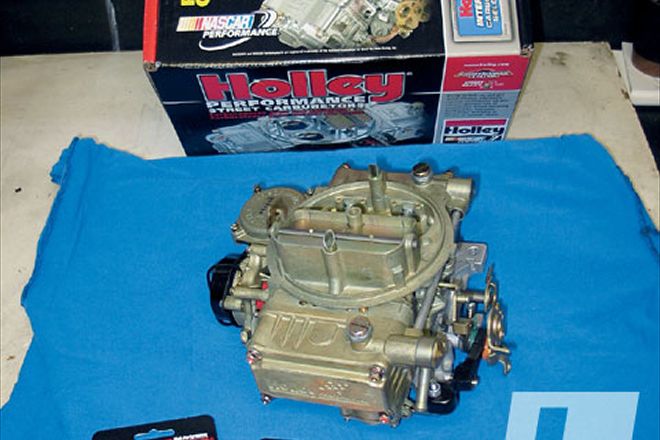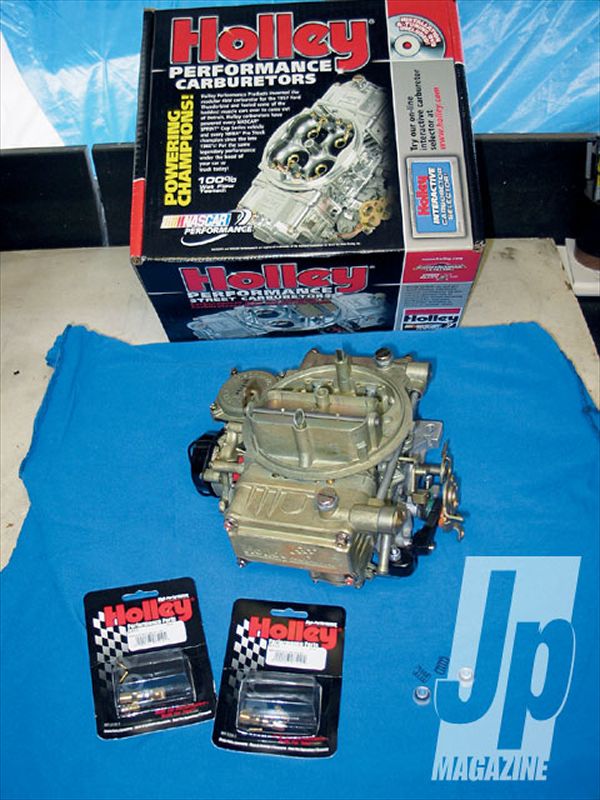
 Christian Hazel
Brand Manager, Four Wheeler
Christian Hazel
Brand Manager, Four Wheeler

We'll tell you right up front that the Holley Truck Avenger and the Rochester Q-Jet are the best four-barrel carburetors for off-road use that we've tested. And since they don't make new Q-Jets anymore, if you want a shiny new off-road carb, the Holley Truck Avenger is your bunny.
But what if you don't have the cash to plunk down for a new 470, 670, or 770cfm Truck Avenger? We'll admit that while they're worth the money, they're not exactly cheap. Well, take heart you frugal bastiges, because with a few components from the Holley parts bin and a little elbow grease you can turn any $50 swap meet carburetor into a better performer off-road.







